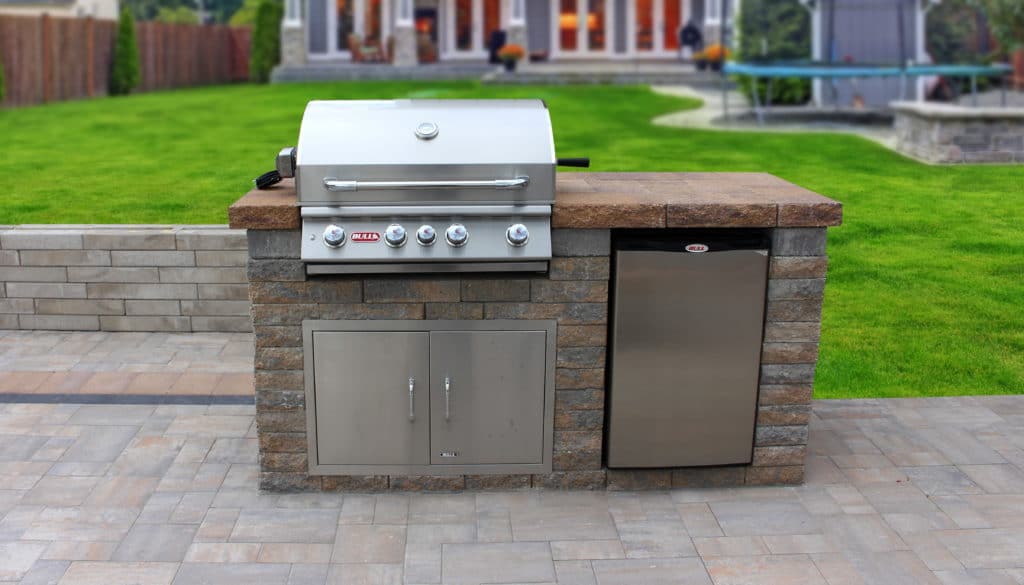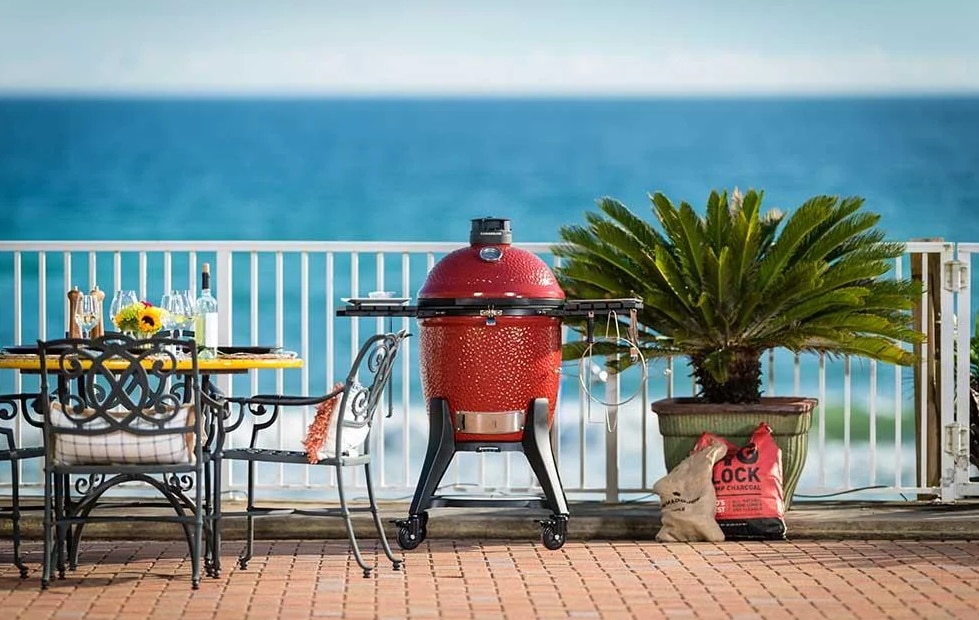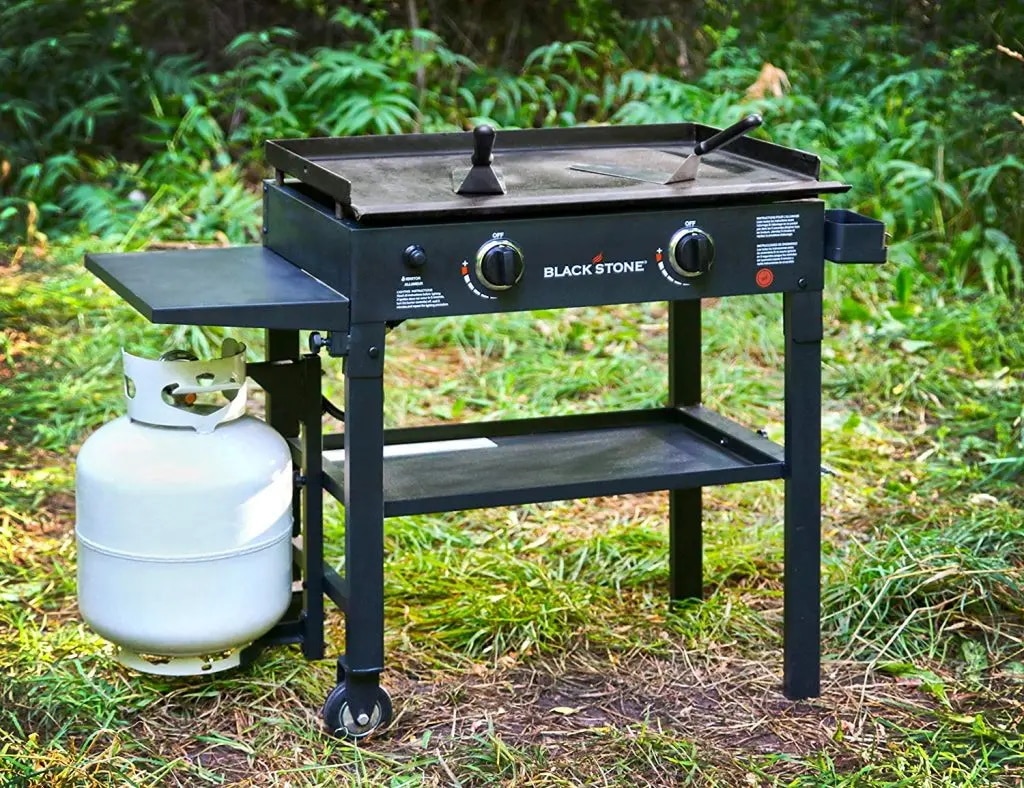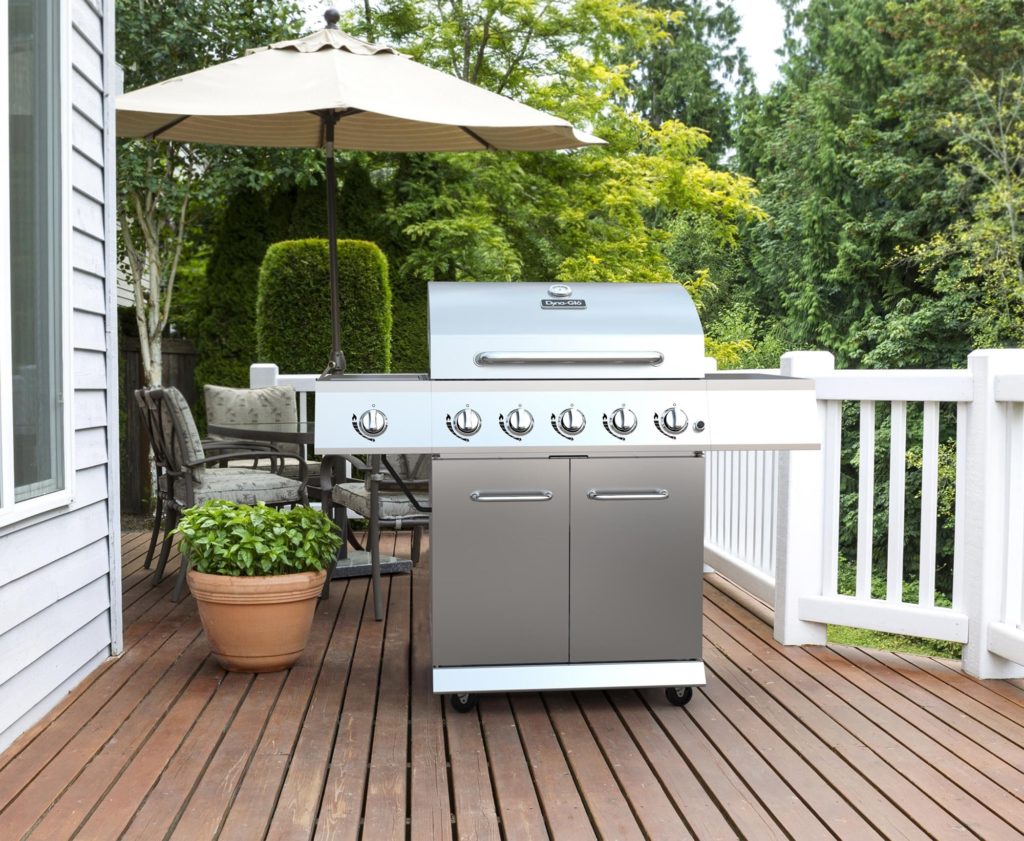
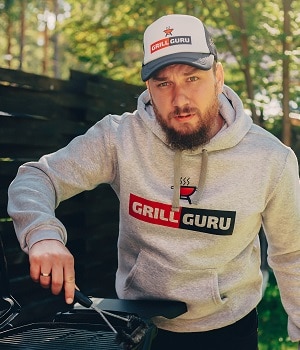
Even the most critical gastronomes agree that there is something to be said about a side of perfectly grilled steak infused with a rich, smoky flavor. Whether you’re grilling some birds, seafood, or pork, the good old traditional charcoal grill remains king when it comes to BBQ. And it all starts with how the charcoal grill is started.
For most people, the process of starting the charcoal grill is a major peeve. However, you can get your grill going within 20 minutes or less using any of the tried and tested methods.
If you’re looking forward to grilling your protein the old school way, hop in with us and learn all you need to know about starting a charcoal grill.
The first decision you need to make is what kind of charcoal you’re going to be using. This is important because the two different types of charcoal commonly available at the store will have different characteristics such as temperature, burn time, smoke, and starting time.
Briquettes are cubes made from byproducts of wood, coconut shells, and other plants. The plant material is mixed with binding agents and compressed to form even pieces of briquettes.
Briquettes are wonderful alternatives to natural lump charcoal because they burn evenly and for much longer. That’s up to 2.5 hours long when you use premium brands such as the Kingsford Professional Briquettes, which are highly popular because they produce less ash, burn for far longer, and give extra value for your money.
The problem with using briquettes is that they produce acrid smoke when first lighted. That is because they have ingredients such as coal dust, borax, and petroleum by-products used as binding agents. Some fast-light versions also come soaked in lighter fluid for fast lighting.
Despite the problems, they remain a favorite with amateur and professional grilling chefs alike. That’s because they burn hotter and for longer, making them perfect for anything that requires long cooking times such as whole birds, steaks, or smoking.
Since high-quality charcoal briquettes are still cheaper than hardwood charcoal, they are also a smart choice when you intend to do a lot of grilling. You can check out our detailed review of the best charcoal briquettes to help you find the best ones.
Pro Tip: don’t recharge your grill by throwing more briquettes into the grill while the food is cooking. The fumes will add a nasty oily petroleum flavor. Calculate the amount of grilling you need ahead of time and only start grilling when there is a thin layer of white ash on the briquettes. If you must recharge, use lump charcoal or light your charcoal with a chimney first.
Lump charcoal is natural charcoal made from slowly burning trees and logs in a sealed environment. With limited oxygen, the heat drives out water, sap, and chemicals out to leave mostly carbon.
Because lump charcoal is 100% natural, it burns very cleanly and leaves less ash. You can even recharge your grill directly with charcoal as the food cooks, which is important because it can be gone in as little as 40 minutes.
Coconut husks can also make very good natural lump charcoal when no binding agents are used. It burns very hot, fast, and lights quickly. Coconut charcoal is popular in some parts of Asia, but it would only be useful for lighting a large grill.
Lump charcoal burns very hot, so it is perfect for searing and other forms of high-heat grilling. A lot of professional chefs also prefer hardwood charcoal because it burns cleanly, although quite unevenly. It requires more intensive management to get the temperature and burning time right, but the reward is delicious, naturally flavored grilled food.
Lump charcoal is especially great for grilling hamburgers, hot dogs, seafood, chicken, and other smoky or charred foods. When you choose to grill with lump charcoal, be sure to buy only high-quality lump charcoal made from logs.
For most people, mixing up both briquettes and high-end lump charcoal gives a good compromise on both burn time and good flavor, so you can also consider doing that. Briquettes are still the most popular option, so you should be fine with any type of charcoal you choose.
Before you light up the grill, start by preparing it. Remove the cooking grate to access the bottom of the grill so that you can clean out the leftover ashes and charcoal from last time.
This is also the time to clean the grate. Soak it in warm soapy water for about an hour to loosen any caked food residue, then scrub with a grill brush. You can remove any stubborn residue with a bit of fresh lemon juice or vinegar.
When the grill is clean, open the air vents at the bottom. The increased airflow will help the charcoal burn better when you get started. The next step of getting your charcoal grill ready is about how well you arrange your charcoal.
How you arrange the charcoal on your grill will influence how well it lights up and how the temperate will be distributed. You also need to think of a few things about your grilling session before deciding on a charcoal pattern.
The main consideration here will be what kind of heat you need to grill your food. If you want direct heat, you can either arrange the charcoal evenly on the bottom grate or put it on one side in a half-moon fashion. That way, you will have a hot zone and a cool zone.
The direct heat arrangement is great for vegetables, burgers, steaks, and chicken on the bone, which require higher temperatures.
For indirect heat, you can have different arrangements so long as the food is shielded from the direct heat of the coals. A popular method involves using an aluminum pan or something similar and arranging the coals around it in a ring of fire. This produces a delightful baked-in-the-oven effect which is perfect for vegetables, seafood, etc.
A lot of the time, it is better to have both kinds of heat to control your cooking. Heap a double potion of charcoal on one side, a single potion in the middle, and leave one side without coals to be the “cool” zone. Of course, If you are going to use an electric charcoal lighter or a charcoal chimney, light up the coals first then distribute them as needed.
A true master of charcoal grilling isn’t put off by little things like lack of lighter fluid or a charcoal burner. That’s why we will cover the tips and tricks on how to start a charcoal grill with or without lighter fluid, a chimney, or by using newspaper.
This is the classic method with no sweat and no pain.
Remember never to squirt lighter fluid onto live coals. For safety reasons, you should also use a Bic lighter or a long match to light the coals. Always light your charcoal grill outside or in a well-ventilated place away from flammable materials.
Using old newspapers, cartons, and other bits of paper, it is easy to get your charcoal grill going with only a little patience. This is the best way to start a charcoal grill without a chimney because it involves no chemicals and is quite fast if done right.
This is the recommended way on how to light a Weber charcoal grill when you don’t have a chimney. Here’s a pro tip for you: soaking the newspaper in a little vegetable oil first lets it burn longer, increasing the chances of lighting the charcoal with the first try.
For most people, lighting a charcoal grill with a chimney starter is an easy way to get a charcoal grill going. If you don’t have a chimney starter, you can pick one up at Amazon for real cheap.
The BBQ Dragon Chimney is Amazon’s choice and has received rave reviews from other users. It is especially fast when used with the Dragon BBQ fan, which gets it to light in 3 minutes or less.
Here’s the step-by-step guide on how to start a charcoal grill with a chimney.
Electric charcoal starters are an even more innovative way to get a charcoal grill started. There are many different designs available, but the simplest one involves a simple electric element that you can bury into your pile of charcoal and wait for it to start.
Other different models also have an inbuilt fan, so that you just need to direct a stream of hot air at the same spot on a pile of charcoal for a minute or so and get it going.
If you would like an affordable but rugged charcoal starter, the Phoenix Pit Electric Charcoal Starter is a great option. It gets your grill going in minutes and requires no special set-up. It even works on standard 110V outlets.
By now, you already have some expert tips about getting your charcoal grill started like a master BBQ chef. Here are some more BBQ hacks for charcoal grilling.
Even today, grilling purists swear by charcoal grills for the exotic, tender, juicy flavor of charcoal-grilled BBQ. Getting the charcoal grill started, however, is a special skill you need to perfect just as much as your grilling skills.
Before you can show off your BBQ secret sauce, learn how to start a charcoal grill properly with any of the methods outlined above. The secret of starting a charcoal grill is ensuring the right contact between the coals while retaining airflow. It may require some effort to master, but the results are certainly worth it.
